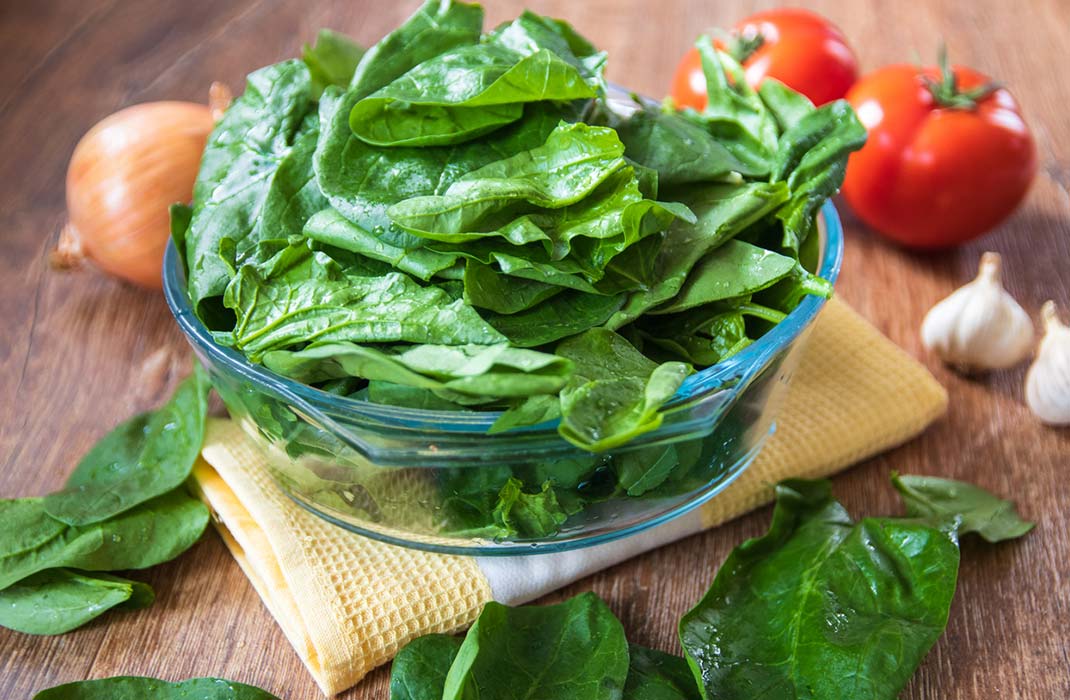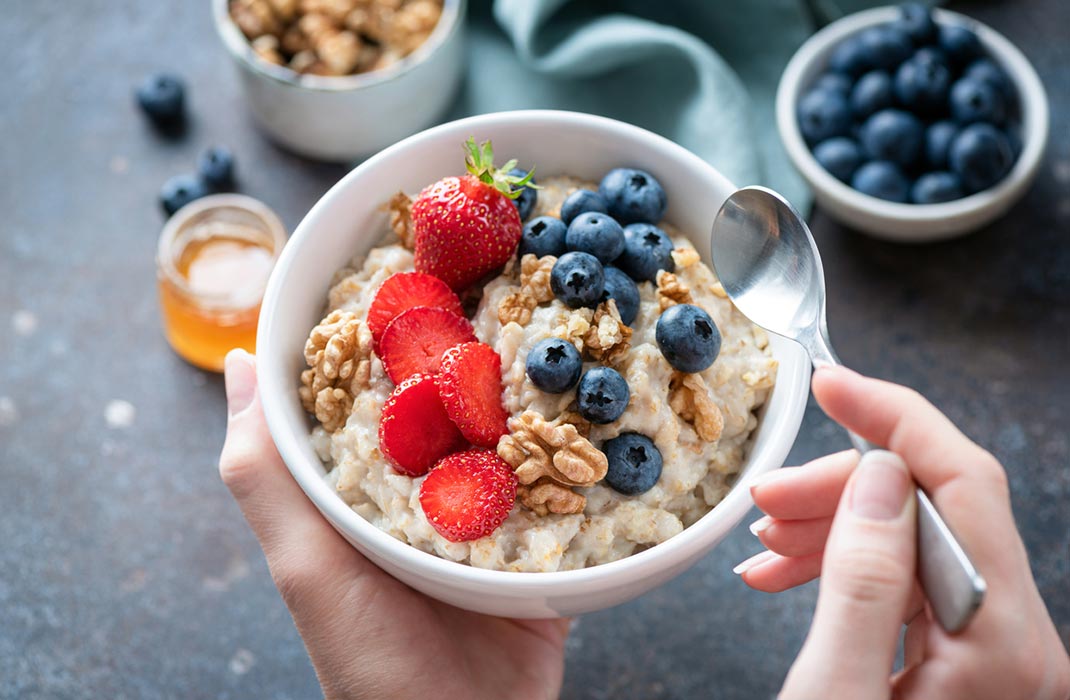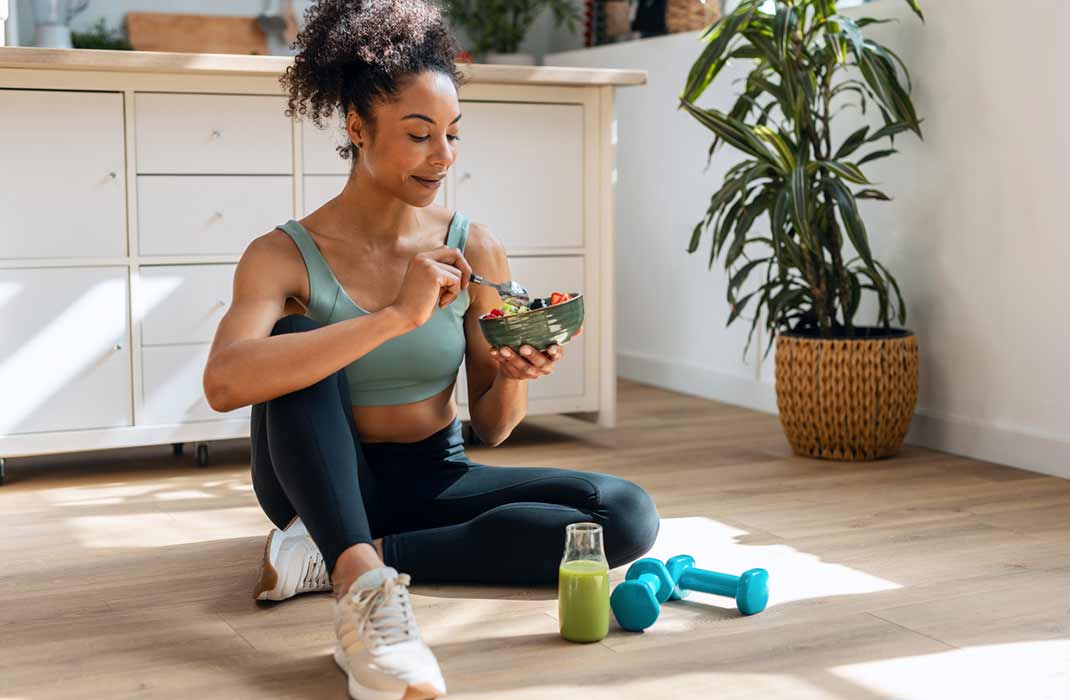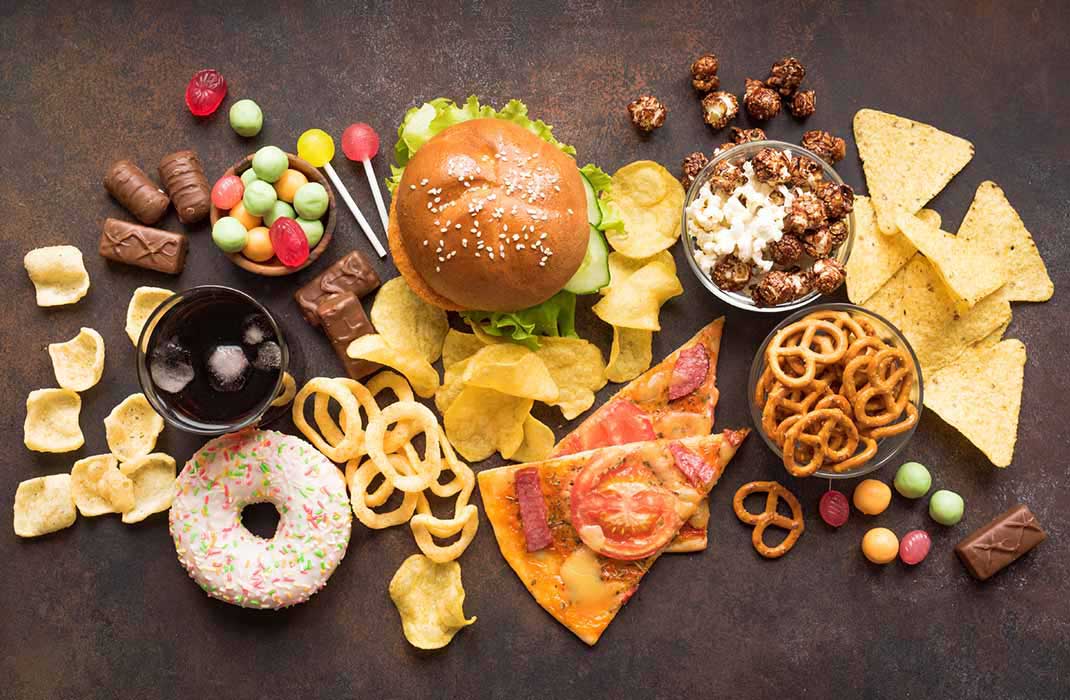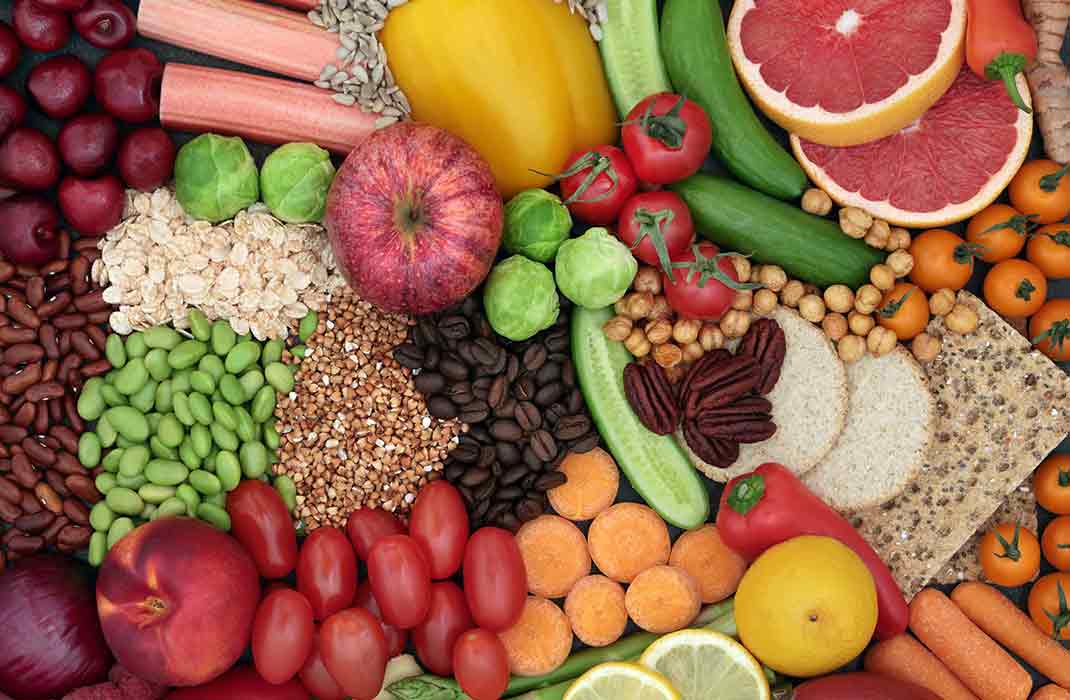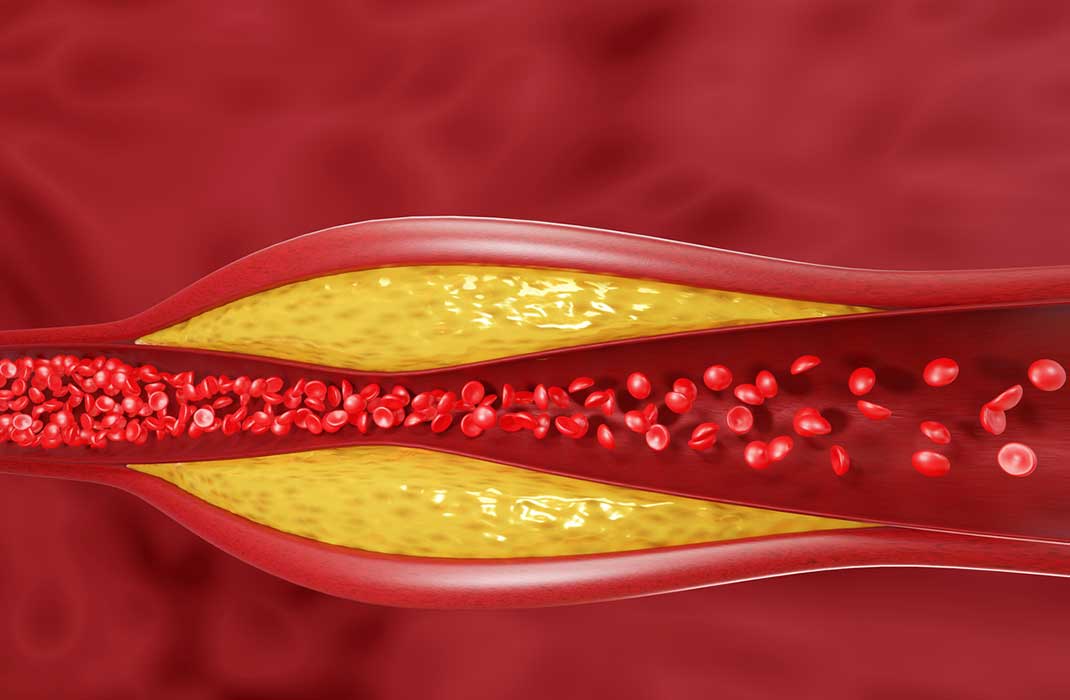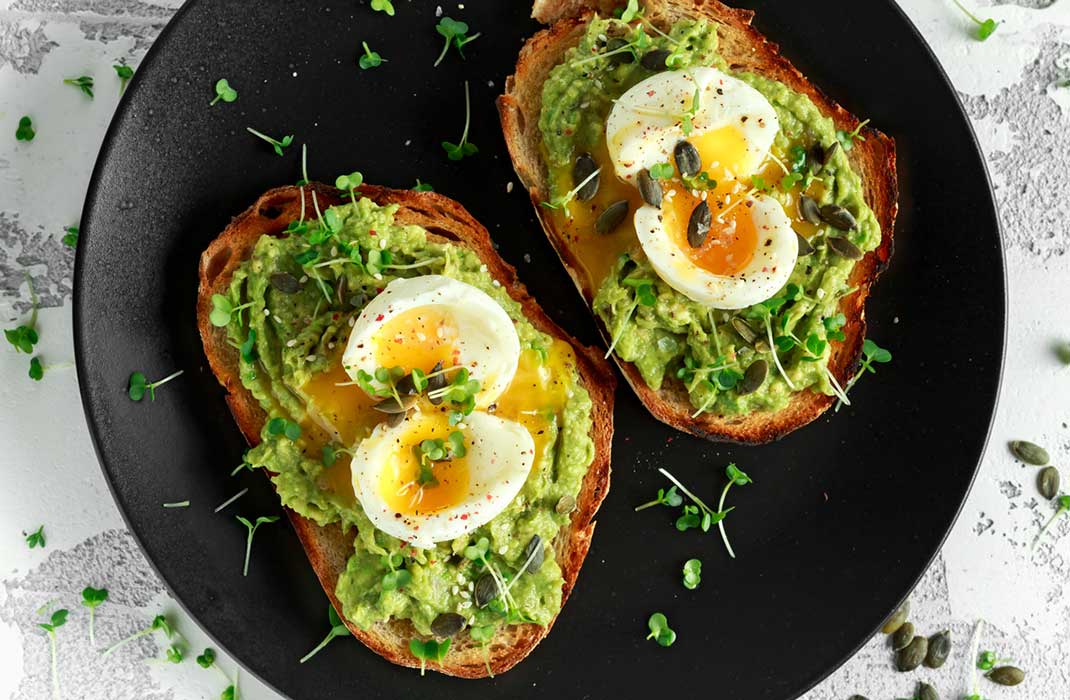-
- Find Care
-
- Visitor Information
- Find a Location
- Shuttles
- Visitor Policies
-
-
- Our Virtual Care Options
- Virtual Urgent Care
- Virtual Visits for Primary & Specialty Care
- Online Second Opinions
- Participate in Research
-
- Contact us
-
- For Innovators
- Commercialization Guide for Innovators
-
-
- Research News
- Alzheimer's Disease
- Artificial Intelligence
-
- Overview
-
- Overview
- Getting Started
- New to Mass General Brigham
- International Patient Services
- What Is Patient Gateway?
- Planning Your Visit
- Find a Doctor (opens link in new tab)
- Appointments
- Patient Resources
- Health & Wellness
- Flu, COVID-19, & RSV
- Billing & Insurance
- Financial Assistance
- Medicare and MassHealth ACOs
- Participate in Research
- Educational Resources
- Visitor Information
- Find a Location
- Shuttles
- Visitor Policies
- Find Care
-
- Overview
- Our Virtual Care Options
- Virtual Urgent Care
- Virtual Visits for Primary & Specialty Care
- Online Second Opinions
-
- Overview
- Participate in Research
-
- Overview
- About Innovation
- About
- Team
- News
- For Industry
- Venture Capital and Investments
- World Medical Innovation Forum (opens link in new tab)
- Featured Licensing Opportunities
- For Innovators
- Commercialization Guide for Innovators
- Contact us
-
- Overview
- Information for Researchers
- Compliance Office
- Research Cores
- Clinical Trials
- Advisory Services
- Featured Research
- Two Centuries of Breakthroughs
- Advances in Motion (opens link in new tab)
- Brigham on a Mission (opens link in new tab)
- Gene and Cell Therapy Institute
- Research News
- Alzheimer's Disease
- Artificial Intelligence
-
- Overview
-
- Overview
- Residency & fellowship programs
- Brigham and Women's Hospital
- Massachusetts General Hospital
- Mass Eye and Ear
- Newton-Wellesley Hospital
- Salem Hospital
- Integrated Mass General Brigham Programs
- Centers of Expertise
- Global & Community Health
- Health Policy & Management
- Healthcare Quality & Patient Safey
- Medical Education
- For trainees
- Prospective trainees
- Incoming trainees
- Current trainees
- Continuing Professional Development
10 Foods to Lower Cholesterol

While your body requires cholesterol to survive, you likely have a lot more of it than you need. The average American has somewhere between 2 to 5 times the amount of cholesterol than is biologically necessary, according to Romit Bhattacharya, MD.
Dr. Bhattacharya is a Mass General Brigham cardiologist and the associate director of the Massachusetts General Hospital Cardiac Lifestyle Program. He explains that the best way to lower your cholesterol is to reduce your cholesterol intake and production. That means eating less sugar, saturated fat, and cholesterol itself. These three things act as building blocks for your body to make cholesterol.
What reduces cholesterol quickly?
Research has proven that when people modify their diets in a healthy way, they see a dramatic decrease in cholesterol levels. But these changes probably won’t happen overnight.
“Imagine that you have a leaky tub, and that tub is filled with cholesterol,” says Dr. Bhattacharya. “Nothing can make it drain faster, but you can turn down or turn off the faucet to add less cholesterol.”
Dr. Bhattacharya recommends 10 changes you can make in your diet to lower cholesterol successfully.
- Substitute butter with healthier oils.
In technical terms, replace saturated fats with monounsaturated or polyunsaturated fats. Out of all the building blocks, saturated fat tends to be converted most efficiently into cholesterol.
“Butter is essentially pure saturated fat,” says Dr. Bhattacharya. Tropical plant-based oils, such as coconut oil and palm oil, also have a significant amount. If you do have saturated fat, aim to eat no more than 2 grams in one serving.
Dr. Bhattacharya suggests using oils with less saturated fat, such as:
Avocado oil
Canola oil
Flax seed oil
Olive oil
Sunflower seed oil
But these healthier oils are still high in calories, so don’t have too much, he cautions.
- Reach for zero-fat dairy.
“Dairy is one of the biggest sources of saturated fat in our diet,” says Dr. Bhattacharya. “Research has shown that we shouldn’t be ingesting dairy fat. A lot of dairy products, especially full-fat dairy, are made for growing calves, not growing Americans.”
As a result, dairy products are among the worst foods for high cholesterol. You can swap out full-fat dairy for zero-fat dairy or dairy alternatives. But be wary of coconut milk (a common substitute in dairy-free products), which has a uniquely high amount of saturated fat for a plant product.
- Replace red meat with lean proteins.
“Making a switch from red meats to fish or plant-based protein is a surefire way to lower your cholesterol,” says Dr. Bhattacharya.
He recommends replacing meat, which contains a lot of saturated fat, with:
Fish high in omega-3 fatty acids, such as salmon
Skinless poultry, such as chicken
Seitan
Tempeh
Tofu
- Eat fiber or take fiber supplements.
Fiber prevents your body from absorbing cholesterol (and fat) in the first place. It also signals to your body when you’re full so that you don’t overeat.
“If we’re overeating—even healthy foods—that can lead to weight gain,” says Dr. Bhattacharya. “That can cause problems with our metabolism and cholesterol.”
High-fiber foods that lower cholesterol include:
Crunchy, green vegetables
Sweet potatoes
Regular potatoes
Whole grains
You can also take fiber supplements found at the drugstore. Just make sure you take them with plenty of water.
- Look for whole grains.
Whole grains have zero cholesterol. Their high-fiber content means that they also prevent your body from absorbing cholesterol and fat from the foods you eat. A few great whole grains include:
Ancient grains, such as quinoa, farro, and amaranth
Brown rice
Steel-cut or rolled oats
Whole wheat bread (which is different from multigrain or seeded bread)
- Snack on fruits and nuts.
Fruits, especially berries, have fantastic benefits that lower cholesterol. While high in fiber, they have no cholesterol or saturated fat.
Dr. Bhattacharya cautions against fruit juices, though, which remove the fiber and leave you with sugar. He also notes that eating fruit whole is better than blending it. “You want to chew it and let your body digest the fiber, which signals to your body to be full,” he says.
Nuts also provide a high-fiber snack that keeps you full for a long time. Plus, nuts are low in saturated fat and packed with healthier polyunsaturated fat.
- Incorporate more vegetables.
- Try beans and other high-protein, low-cholesterol foods.
Protein helps you feel fuller and more satisfied. Eating good sources of protein can keep you from overeating throughout the day. Some high-protein, low-cholesterol options include:
Black beans, kidney beans, and soybeans
Chickpeas
Edamame
Lentils
Tofu
- Switch to sugar-free drinks or water.
Sugar makes your body release insulin, a hormone that affects how you process sugar and use energy. Insulin also acts as a signal to your body to make more cholesterol. It plays a key role in how cholesterol is produced in the body.
“Sugar turns up the speed and the amount of cholesterol that we make,” says Dr. Bhattacharya. Choosing sugar-free options instead of sugary drinks can help you keep your cholesterol down.
10. Start your day with a low-cholesterol breakfast.
At the end of the day, balance is everything.
As you make changes to your diet, remember that balancing (and not overloading) your plate is key—even for healthy foods. Your body needs a balance of nutrients, and in the right amount.
Dr. Bhattacharya recommends filling one-quarter of your plate with lean protein (plant-based, fish, or skinless poultry) and half with non-starchy vegetables. The rest should be whole grains and healthy fats.
To stay balanced and keep from overeating, try to:
Drink plenty of water.
Eat at the table, not in front of the TV, which can keep you from listening to when your body is full.
Track your food with a notebook or digital app to know how much you’re truly eating.
Use smaller plates to limit portions.

